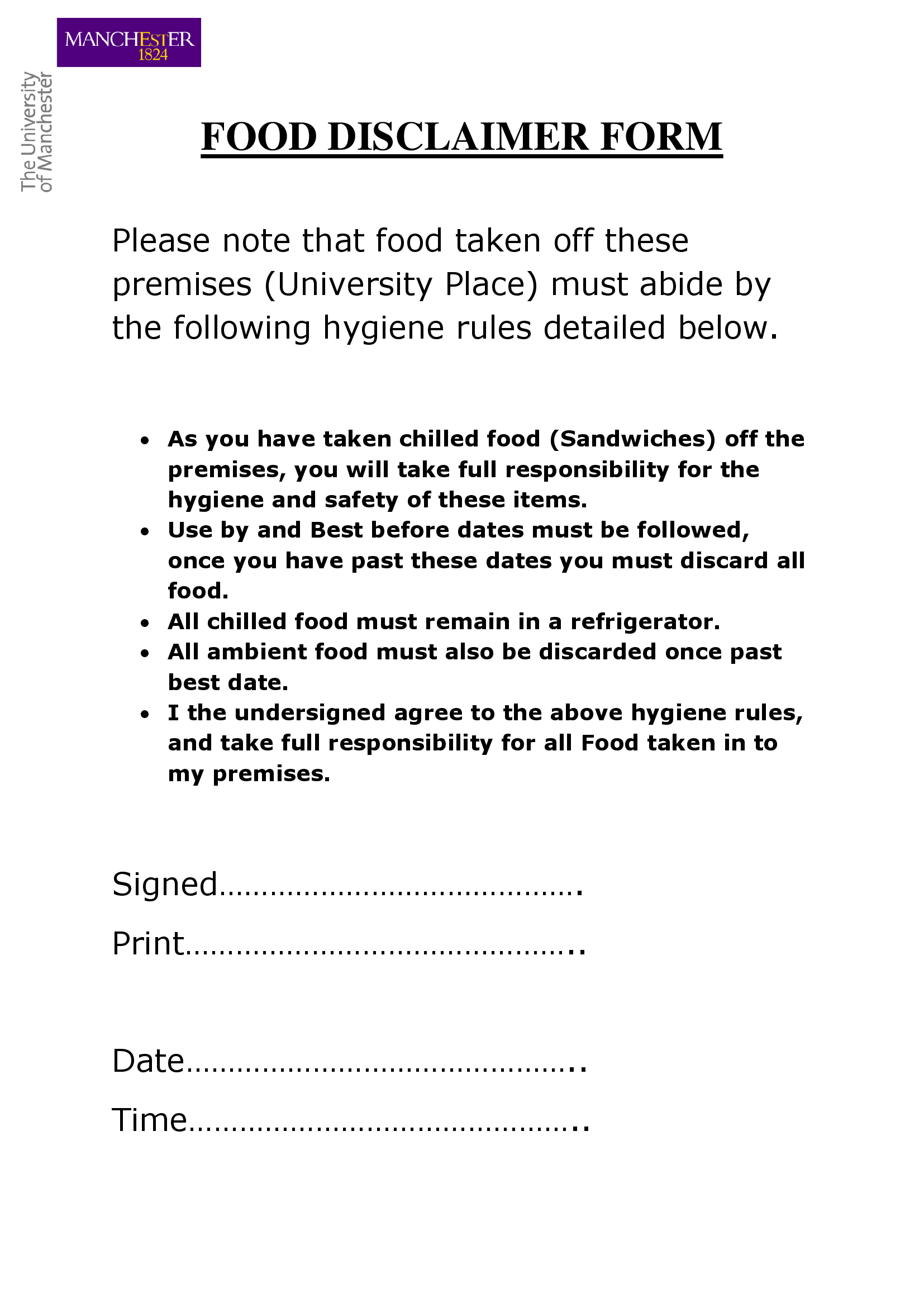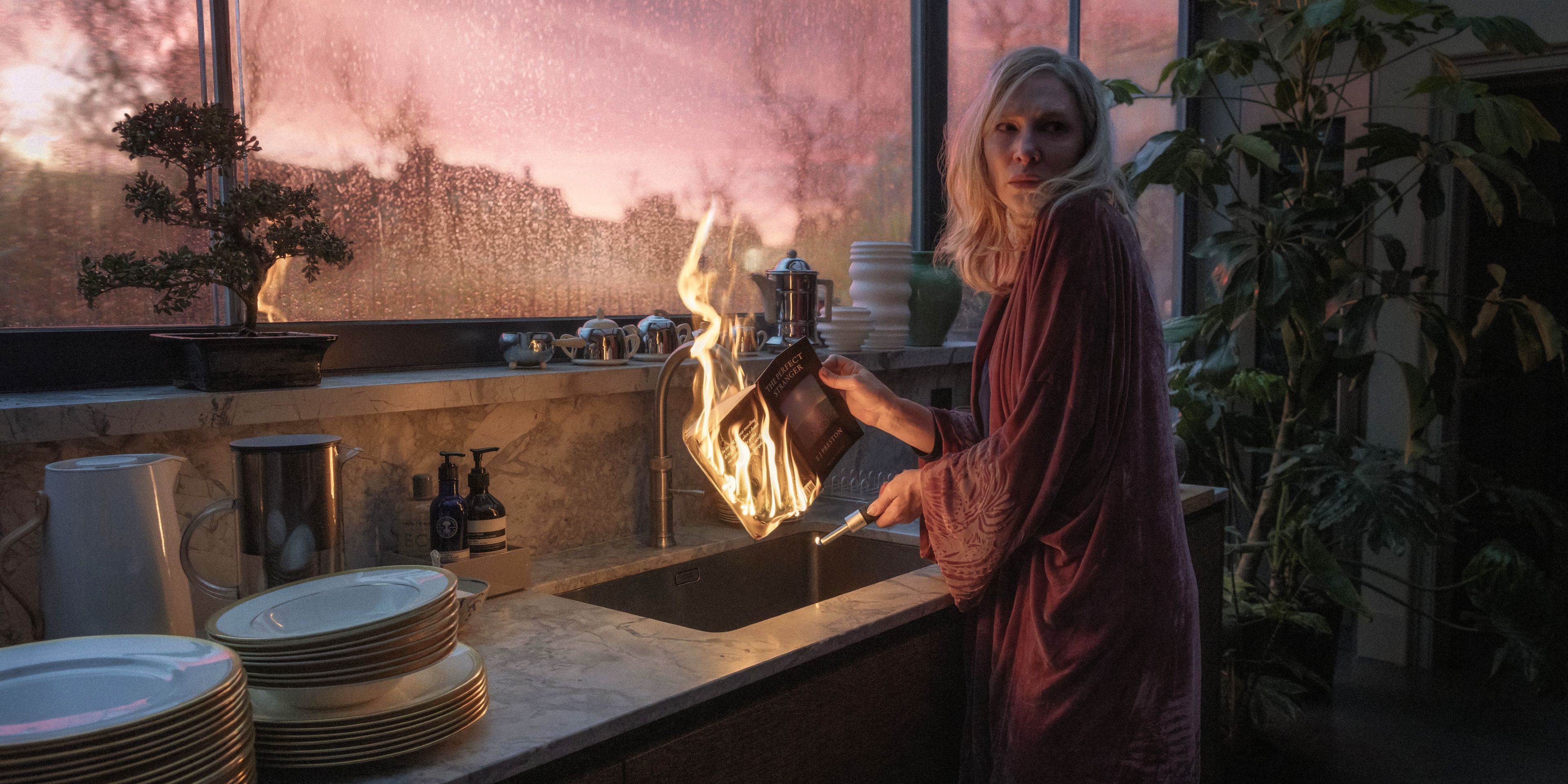Disclaimer Kitchen: Your Ultimate Guide To Protecting Your Culinary Business
Let me tell you something, folks. If you're running a kitchen-based business or even just starting to dip your toes into the food industry, you need to know the drill. Disclaimer kitchen is not just some fancy legal term—it's your lifeline. Think of it as the secret ingredient that keeps your business safe from potential lawsuits. And trust me, in today’s world, you don’t wanna skip this step.
Now, I know what you're thinking. "Legal stuff sounds boring and complicated." Yeah, it might seem that way at first glance. But guess what? It's actually pretty straightforward once you break it down. So, grab a cup of coffee, sit back, and let me walk you through everything you need to know about kitchen disclaimers.
By the time you finish reading this, you’ll have a solid understanding of why a kitchen disclaimer matters, how to create one, and how it can protect your business. Let’s dig in, shall we?
- Movierulz Alles Was Sie Wissen Mssen Alternativen Im Berblick
- Der Zwilling Mann Alles Ber Seine Persnlichkeit Amp Mehr
What Exactly is a Disclaimer Kitchen?
A disclaimer kitchen is essentially a legal statement that protects your culinary business from liability. It tells customers or clients exactly what they should expect when they interact with your food products or services. This can include warnings about allergies, food handling practices, or even the risks involved in cooking classes. Think of it as a shield that says, "Hey, we’re doing our part, but you need to be aware too."
Now, let’s break it down further. A kitchen disclaimer is not just for restaurants. It applies to caterers, food bloggers, home-based chefs, and anyone who serves food to the public. The idea is simple: transparency builds trust. By clearly stating any potential risks or limitations, you’re showing your customers that you care about their safety.
Why Do You Need a Kitchen Disclaimer?
Here’s the deal: in today’s litigious society, people are quick to sue if something goes wrong. Imagine this scenario: someone eats your food and claims they had an allergic reaction. Without a proper disclaimer, you could be on the hook for damages. Ouch. But with a well-crafted kitchen disclaimer, you’ve got a legal safeguard in place.
- Johnny Paychecks Vermgen Wahrheit Oder Mythos Sein Net Worth
- Ullu Tv Entdecke Die Welt Der Gewagten Webserien Ein Berblick
Let’s talk numbers. According to a study by the National Restaurant Association, food-related lawsuits have increased by 25% over the past five years. That’s a pretty sobering statistic, right? Having a disclaimer doesn’t just protect you—it also helps you avoid costly legal battles down the road.
How to Create an Effective Disclaimer Kitchen
Creating a solid kitchen disclaimer isn’t rocket science, but it does require some thought. Here’s a step-by-step guide:
- Identify potential risks: Think about all the possible things that could go wrong. Are there common allergens in your food? Do you use raw ingredients that could pose a health risk?
- Be clear and concise: Your disclaimer should be easy to understand. Avoid legal jargon that might confuse your customers.
- Make it visible: Place your disclaimer in a prominent spot, like your menu, website, or packaging. You want people to see it before they make a purchase.
- Update regularly: Laws and regulations change, so make sure your disclaimer stays current.
Key Elements of a Disclaimer Kitchen
Now, let’s dive into the nitty-gritty. A good kitchen disclaimer should include the following elements:
1. Allergen Information
Food allergies are no joke. According to the Centers for Disease Control and Prevention (CDC), approximately 5% of adults and 8% of children in the U.S. have food allergies. Your disclaimer should clearly state whether your food contains common allergens like nuts, dairy, or shellfish.
2. Food Handling Practices
Let your customers know how you handle and prepare your food. Are your ingredients sourced locally? Do you have a separate area for preparing allergen-free meals? These details can help build trust with your audience.
3. Liability Warnings
Be upfront about any potential risks. For example, if you’re hosting a cooking class, warn participants about the dangers of using sharp knives or hot stoves. It’s all about setting expectations.
Common Mistakes to Avoid
While creating a kitchen disclaimer might seem simple, there are a few pitfalls to watch out for:
- Overcomplicating the language: Remember, your customers aren’t lawyers. Keep it simple and straightforward.
- Ignoring local laws: Different states and countries have different regulations. Make sure your disclaimer complies with the laws in your area.
- Forgetting to update: Things change, and so should your disclaimer. Regularly review and update it to reflect any new risks or practices.
Examples of Great Kitchen Disclaimers
Want to see how it’s done? Here are a few examples of well-crafted kitchen disclaimers:
Example 1: Restaurant Menu
"Our kitchen uses ingredients that may contain allergens such as nuts, dairy, and gluten. While we take precautions to prevent cross-contamination, we cannot guarantee that our food is completely allergen-free."
Example 2: Food Blog
"The recipes on this site are for informational purposes only. Always consult with a healthcare professional before making significant changes to your diet."
Legal Considerations
When it comes to kitchen disclaimers, the law is your best friend. Make sure you consult with a legal expert to ensure your disclaimer is ironclad. According to attorney Sarah Johnson, "A well-written disclaimer can save you thousands of dollars in legal fees."
Here are a few legal tips to keep in mind:
- Make sure your disclaimer complies with local and federal regulations.
- Consider getting your disclaimer reviewed by a lawyer to avoid any loopholes.
- Keep records of your disclaimer in case you ever need to reference it in court.
Best Practices for Disclaimer Kitchen
Now that you know the basics, let’s talk about best practices. Here are a few tips to make your kitchen disclaimer as effective as possible:
- Use bold or italicized text to highlight important points.
- Place your disclaimer in multiple locations, such as your website, packaging, and receipts.
- Encourage customers to ask questions if they’re unsure about anything.
How Disclaimer Kitchen Protects Your Business
At the end of the day, a kitchen disclaimer is all about protecting your business. It sets clear boundaries and expectations, which can prevent misunderstandings and potential lawsuits. Plus, it shows your customers that you’re proactive and responsible.
Let’s look at some real-world examples. A small bakery in Ohio was sued by a customer who claimed they had an allergic reaction to a cupcake. The bakery’s disclaimer, which clearly stated the presence of allergens, helped them win the case. See? A little bit of transparency can go a long way.
Conclusion
In conclusion, a kitchen disclaimer is an essential tool for any culinary business. It protects you from liability, builds trust with your customers, and ensures compliance with legal regulations. By following the steps outlined in this guide, you can create a disclaimer that’s both effective and user-friendly.
So, what are you waiting for? Take action today. Review your current practices, craft a solid disclaimer, and share it with your customers. And don’t forget to leave a comment below if you have any questions or need further clarification. Let’s keep those kitchens safe and legal!
Table of Contents
- What Exactly is a Disclaimer Kitchen?
- Why Do You Need a Kitchen Disclaimer?
- How to Create an Effective Disclaimer Kitchen
- Key Elements of a Disclaimer Kitchen
- Common Mistakes to Avoid
- Examples of Great Kitchen Disclaimers
- Legal Considerations
- Best Practices for Disclaimer Kitchen
- How Disclaimer Kitchen Protects Your Business
- Conclusion
- Marcella Samora Eine Mutterliebe Die Selenas Tod Berwindet
- Brisant Taylor Swift Matty Healy Amp Gabriella Brooks Das Drama Geht Weiter

Food Disclaimer Form Food Waiver Template

Food Disclaimer Form Food Waiver Template

Disclaimer Review Apple TV+'s SlowBurn Thriller Series Is